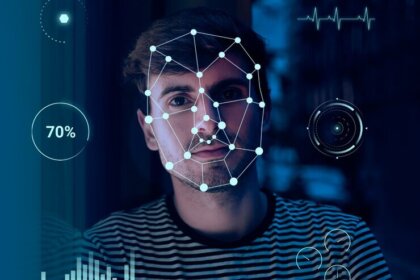
From medical diagnoses to autonomous vehicles, image processing plays a pivotal role in countless industries. With the advent of Machine Learning (ML), this field has witnessed a remarkable transformation. In this blog, we’ll explore how ML is revolutionizing image processing, enabling computers to “see” and understand the visual world with unprecedented accuracy and efficiency.
Image Classification
One of the fundamental tasks in image processing is classifying images into categories. ML algorithms, especially Convolutional Neural Networks (CNNs), excel in this domain.
1. Medical Imaging: ML can distinguish between healthy and diseased tissues in medical images, aiding in early diagnosis and treatment.
2. Object Recognition: ML models can identify and classify objects in real-time, a critical capability for autonomous vehicles and robotics.
3. Quality Control: In manufacturing, ML can quickly identify defects in products by analyzing images, reducing the need for manual inspection.
Image Enhancement
ML algorithms can enhance the quality of images, making them clearer and more informative.
1. Image Denoising: ML can remove noise from images, improving the quality of photos taken in low-light conditions or through noisy sensors.
2. Super-Resolution: ML can increase the resolution of an image, making it sharper and more detailed. This is particularly useful in surveillance and satellite imaging.
Object Detection
Object detection is the process of locating and classifying objects within an image. ML is instrumental in making this process highly accurate.
1. Autonomous Vehicles: ML enables cars to identify pedestrians, other vehicles, and obstacles on the road, contributing to the development of self-driving vehicles.
2. Security: Surveillance systems equipped with ML can detect intruders and unusual activities, enhancing security measures.
Content-Based Image Retrieval
ML models can analyze the content of images, enabling users to search for images based on their visual content rather than relying on tags or metadata.
1. Art and Culture: Museums and art galleries can use ML to allow users to search for artworks by visual similarity rather than by artist or title.
2. E-commerce: Shoppers can use images as queries to search for products that are visually similar to what they desire.
Challenges and Future Prospects
While ML has revolutionized image processing, challenges remain, especially in ensuring privacy and security. Additionally, the field is continuously evolving, with new algorithms and techniques being developed.
Machine Learning has unlocked the full potential of image processing, making it an indispensable tool in various domains. Whether it’s enhancing medical diagnoses, powering autonomous vehicles, or simplifying image searches, ML’s impact on image processing is profound. As the technology advances, the world of visual data processing is poised for even greater transformation, promising a future where machines can “see” and interpret the world around us with astonishing precision.




